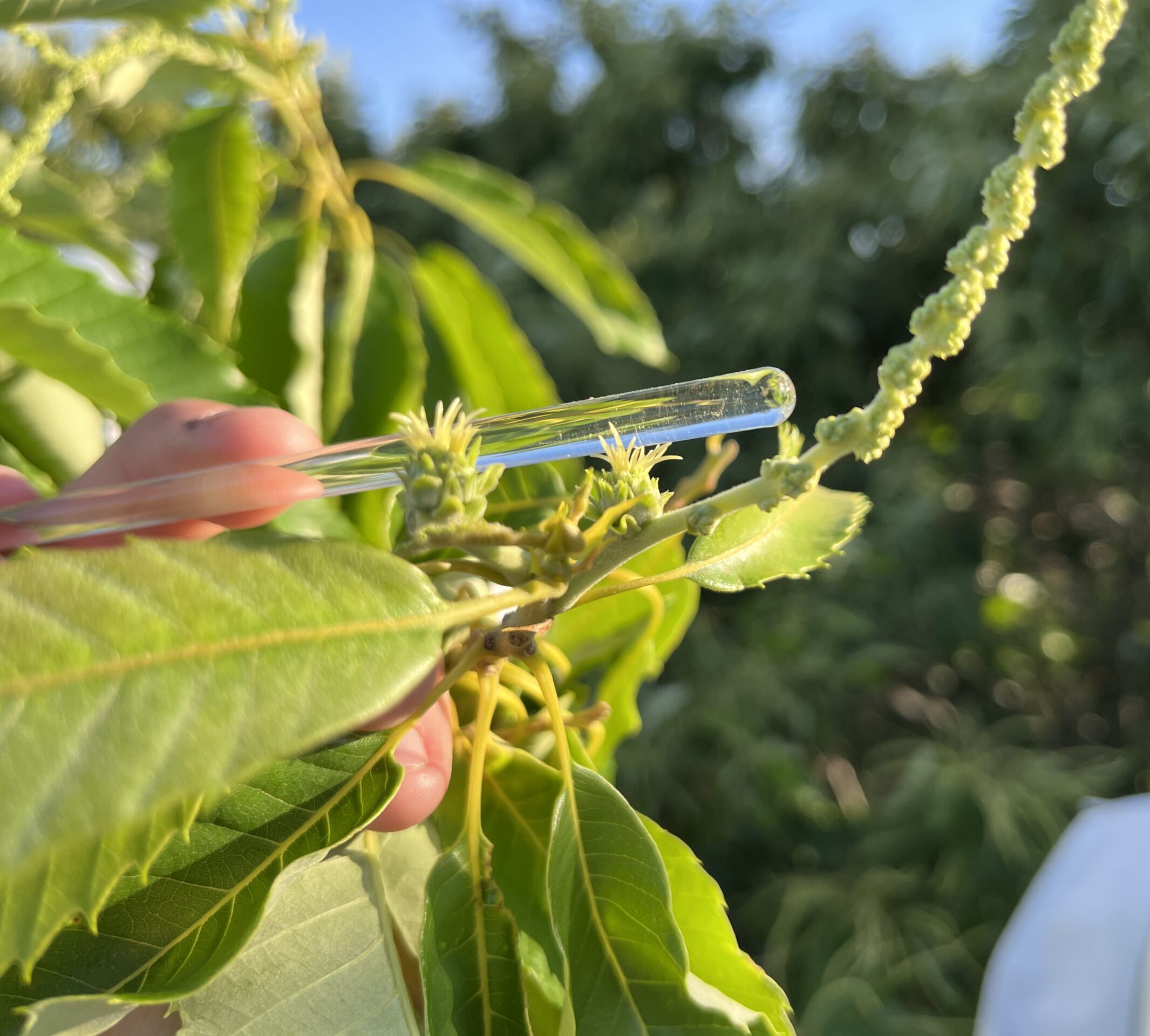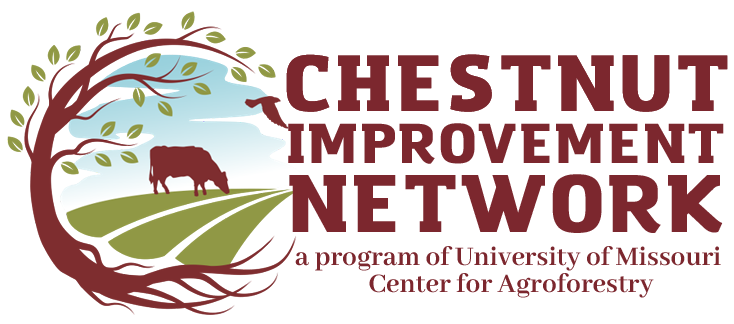About Us

Assistant Research Professor
RONALD REVORD, PHD

Senior Research Specialist
NICK MEIER, PHD

Senior Research Specialist
J. BRYAN WEBBER, M.S.
About Chestnuts
Chestnuts for nut production are a promising tree nut crop across the eastern half of the United States, where demand exceeds supply. In today’s market, chestnuts are mainly grown, sold, and consumed locally fresh in-shell. There is significant opportunity to grow the fresh and processed markets, including dried chestnut flour, peeled frozen chestnuts, and prepared packaged chestnuts.
Chestnuts are a healthy, low-fat, gluten-free food ingredient, high in Vitamin C, that can be incorporated into a wide range of dishes – from soups to poultry stuffing, pancakes, muffins and pastries (using chestnut flour).


There are 8 species in Castanea
There are three main species that are most important for nut production worldwide.
- Chinese chestnuts (C. mollissima)
- European chestnut (C. sativa)
- Japanese chestnut (C. crenata)
- Complex hybrids that contain these species
Chinese chestnuts and complex hybrids tend to be most suited to the temperate climate and endemic disease pressures in the eastern U.S.
- Chinese chestnuts are a medium-sized (40 ft.) tree.
- Multi-branched with a spreading growth habit.
- Cold hardy down to -20 °F.
- Adequate tolerance to chestnut blight and phytophthora root rot.
- Production of large crops of nutritious, shiny, dark-brown nuts that are borne inside spiny burs that split open when nuts are ripe.

Grafting vs. Seedlings
Most horticultural crops utilize known grafted cultivars to produce consistent crops with a predictable harvest window. For chestnut production in our region, issues with graft incompatibility and lack of cold hardiness require growers to rely on chestnut seedlings from superior parents. Seedling orchards require thinning and culling of inferior individuals, which will increase the overall yield and quality of the orchard overtime. Orchards composed of seedlings have shown desirable characteristics.
- Promising yields and performance.
- Important characteristics are heritable from parents to seedlings; but seedling performance is variable from a given parental source.
- This variation in seedlings families creates opportunity for genetic gain through systematic breeding.
- Important characteristics are heritable from superior parents of a population.
- Check out the parent cultivars HERE


Growing conditions
Read More about Growing Chinese Chestnuts
- Chestnut trees require full sun to produce heavy crops.
- Chestnuts perform best in well-drained, loamy to sandy loam soils; avoid heavy, poorly drained soils, or soils that have a perched water table during wet seasons.
- Soils should be slightly acid (pH 5.5-6.5), alkaline soils should be avoided.
- It is critical that orchard sites with previous agriculture production (even those with preferred soil types) receive field preparation prior to planting – including ripping, soil amendments, disc plowing, and cover crops. Click HERE for more information on field site preparations.
- Chestnuts require cross-pollination to set nuts which should be taken into account when planting an orchard – multiple cultivars and seed sources should be interspersed throughout a planting.
- Irrigation will benefit the establishment and production of a chestnut orchard, although in most areas in the Midwest, once established, irrigation in not necessary except during periods of drought.
CIN develops seedling populations to improve overall production quality
- Seedling breeding populations from verified cultivars/selections, curated pollen coulds, and hand-pollinations.
- Coordinated methods, evaluations, and record keeping across farms to improve.
- Discovery of individuals and families with local climate adaptation, vigorous growth, consistent yields, high kernel quality, and resistance to pests and diseases.
-

302ABNR Bldg. Columbia, MO 65211




